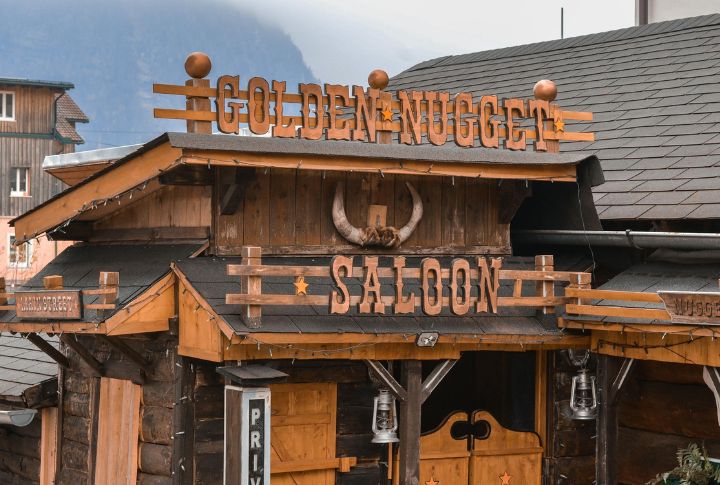
Step inside—where sawdust met scandal, and the floorboards told better tales than the locals. Here are 20 saloon snapshots that serve drama by the glassful: secret deals, bold fashion, and barroom theatrics. Forget Hollywood’s polished sets. The real West was scrappy, smoky, and always one bad joke away from a brawl.
Inside A Bustling Saloon In Deadwood, South Dakota
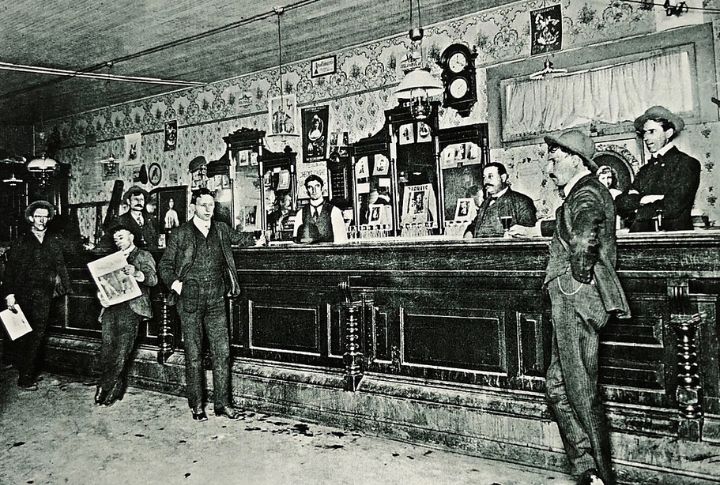
Walk into 1870s Deadwood, and you’ll hear piano keys battling over rowdy cheers. This gold rush town boomed with over 70 taverns, each jammed with miners and misfits. It was truly a place where fortunes changed in a heartbeat, and the music never stopped.
Cowboys Kicking Back After A Cattle Drive

Dusty boots slammed the floor as tired men chased a night’s escape. After guiding thousands of cattle across states, cowboys swarmed saloons for comfort. A single drink typically cost a quarter of a day’s pay, though most didn’t mind the expense once the music started.
Gunfight Just Outside The Swinging Saloon Doors
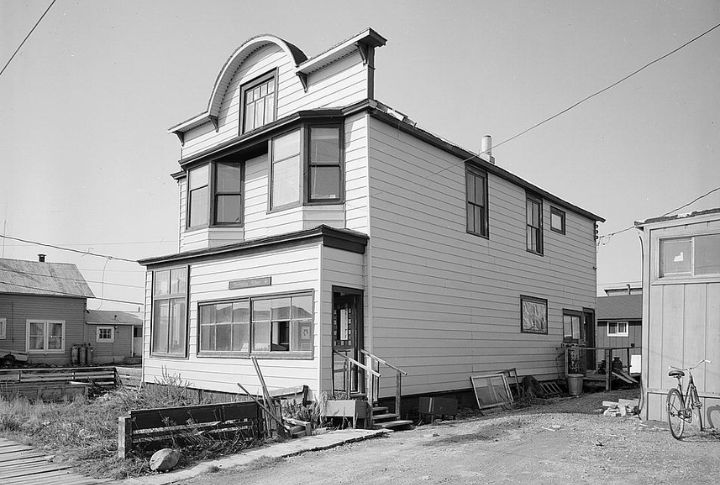
Gunfire wasn’t just a Western fantasy; it was a real threat that sometimes disrupted daily life. One photo shows a trail of smoke curling through a doorway, caught seconds after pistols were drawn. So, one can tell arguments ended fast in those places before a drink could cool in the glass.
Sawdust Floors And Spittoons Of The Old West
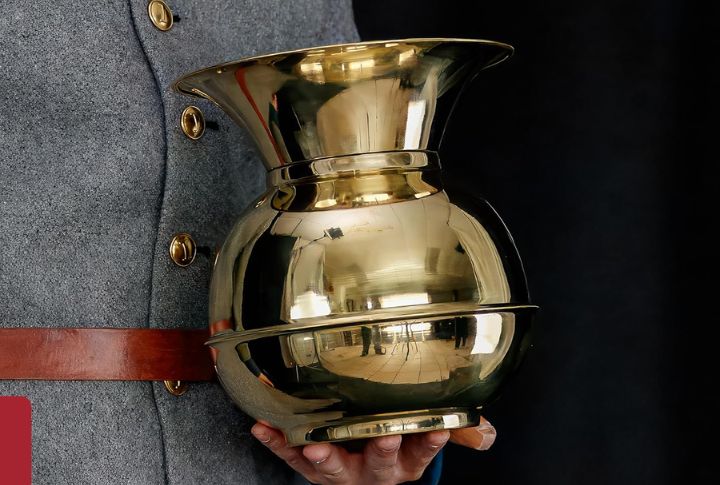
Picture planked floors coated in sawdust, soaking up spilled whiskey and whatever else hit the ground. This is why brass spittoons lined the walls, catching the constant remains of tobacco-chewing patrons. Every corner carried a rough balance of dirt, utility, and unruly charm.
Bartenders Behind The Bar At Tombstone’s Crystal Palace
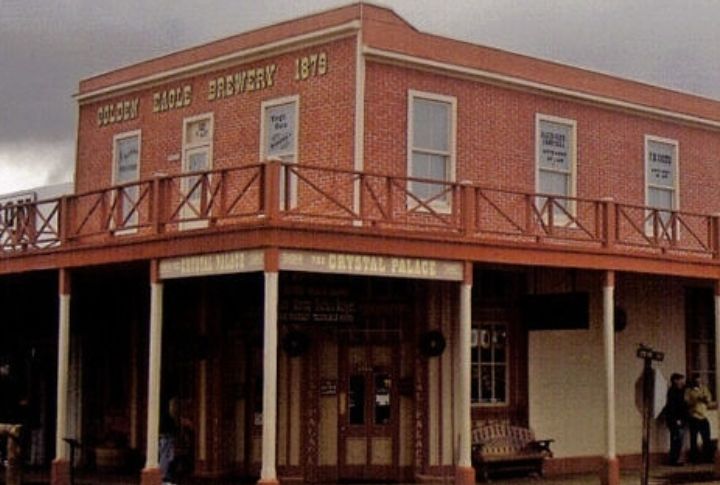
With waxed mustaches and crisp aprons, these bartenders poured stiff whiskey and traded in town gossip. After a fire in 1882, the Crystal Palace was rebuilt and quickly became a lively gathering spot. Inside, ornate bars made of carved oak and the lined mirrors added a touch of grandeur that left a lasting impression.
A Smoky Corner Where Gamblers Crowded Till Sunrise
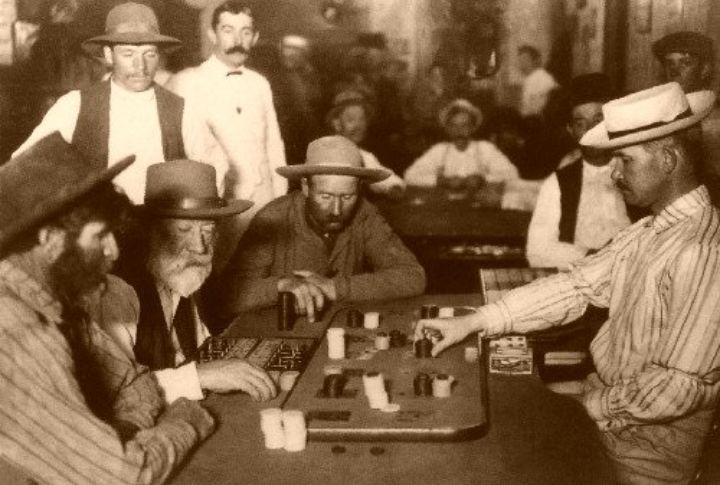
Coins clinked beneath oil lamps as cards flicked across velvet. Gamblers sat hunched through the night, faces hidden behind cigar smoke. Some walked away richer. Others left the room on stretchers. These tables were more than games—they sealed fates.
A Lady In The Saloon
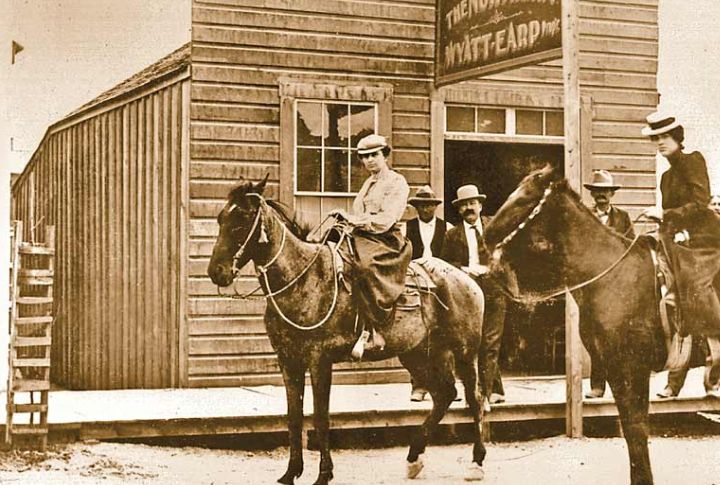
A lady in the saloon wasn’t just there for show—she often held the room’s attention more than the poker game. Whether performing or pouring drinks with charm, she set the tone. Photos like this capture her presence, bold and unforgettable in a rugged world.
A Tavern In A Mining Camp
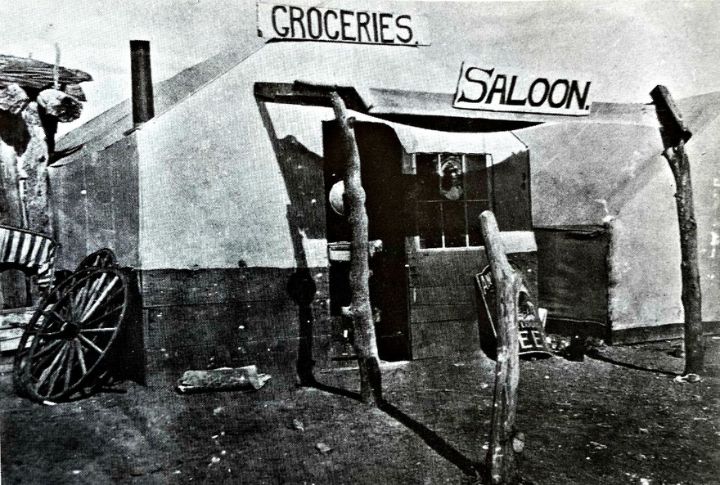
Tarp roofs flapped in the wind while whiskey poured from reused jugs. These makeshift saloons served men driven half-mad by gold. One image shows it all—raw timber walls, sweat-stained hats, and the exhaustion of people chasing something they might never hold.
A Seat Fit For The Trail

Chairs made of animal parts don’t exactly say, “Sit and stay awhile.” In the Old West, they weren’t about comfort. Rather, they showed off a hunter’s skill or a trader’s wealth that turned a simple seat into a display of the rugged life.
Lawmen And Outlaws Drinking Under The Same Roof
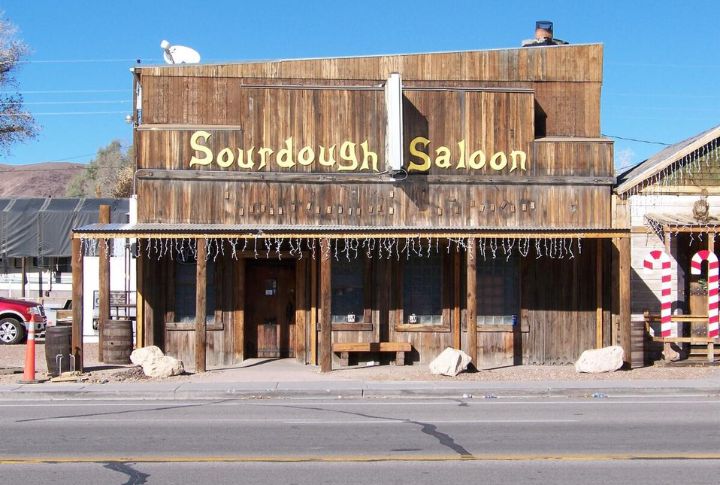
A sheriff could sit two stools away from a wanted man, both sipping bourbon like old friends. Saloons weren’t safe havens but tense middle grounds where civility hung by a thread. Glimpses into those smoky rooms reveal how danger and decorum often occupied the same space in the Wild West.
Chandeliers And Whiskey Barrels
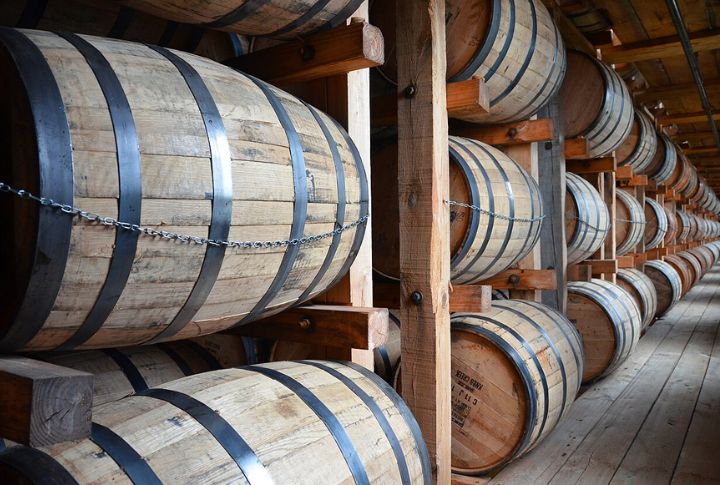
Velvet drapes hung behind oil chandeliers, which gave these salons a soft, golden glow. Some places ditched the rough look and leaned into style. One in 1889 had wallpaper and imported glassware—details that made it feel more like a Victorian parlor than a saloon.
The Long Bar In Dodge City’s Most Notorious Hangout
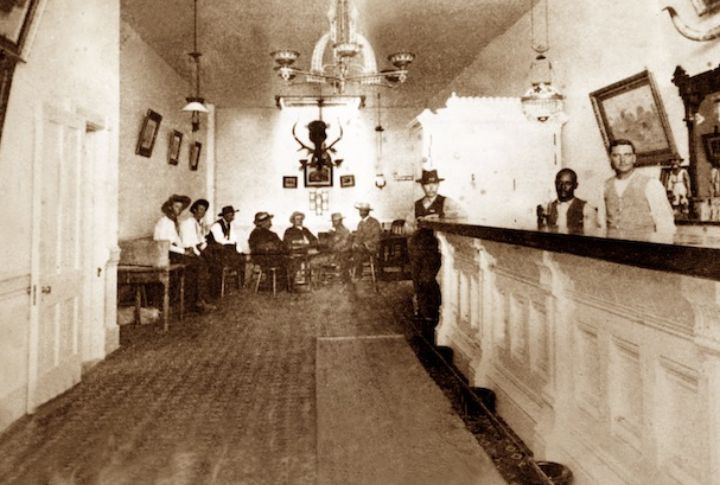
Stretching over 80 feet, this bar witnessed cattlemen, gamblers, and folk chasing fame. In that spirit, Dodge City’s Long Branch Saloon served more than drinks; it reflected the raw ambition of the West. Even in a town known for gunfights, its warmth and welcome became its lasting legacy.
A Business Owner Posing Proudly In Front Of His Establishment
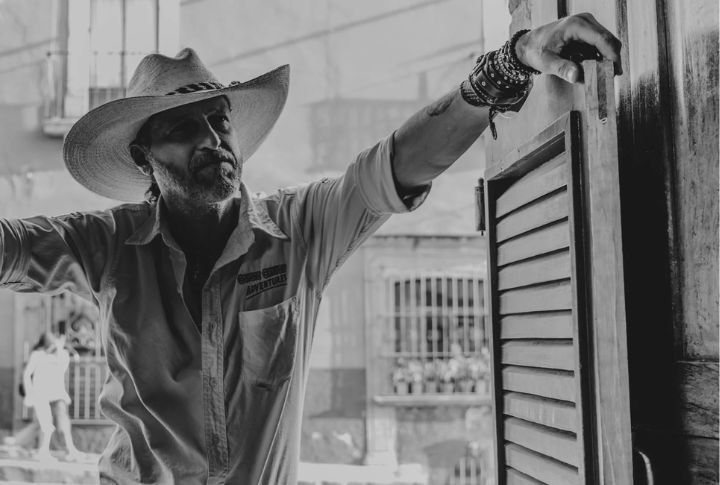
Pride stood tall in front of creaky doors and painted signs. The owners weren’t just barkeeps—they were local legends, often wielding more power than sheriffs. Every detail speaks of frontier branding at its rawest, which shows a man staking his place in history.
The Final Drink

Coffins stood beside poker tables as mourners toasted the lost with rye. Some gathering places hosted wakes in towns without churches, blending grief with Western rituals. A 1903 photo captures a funeral wreath behind the bar because, in the Wild West, sorrow was met with a steady hand and a shared drink.
A Snapshot Of A Mixed Crowd At A Border Town Gathering
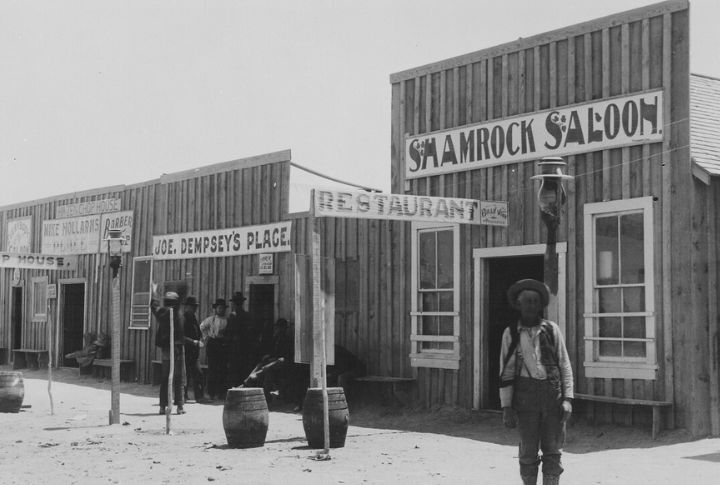
Cultural clashes played out inside saloons near Mexico or tribal lands, where Tejano ranchers stood beside Anglo settlers and Indigenous traders at the bar. These frontier outposts served more than drinks. They revealed the tangled identities shaping the region’s transformation.
The Makeshift Bar Built From Scrap In A Tent Town
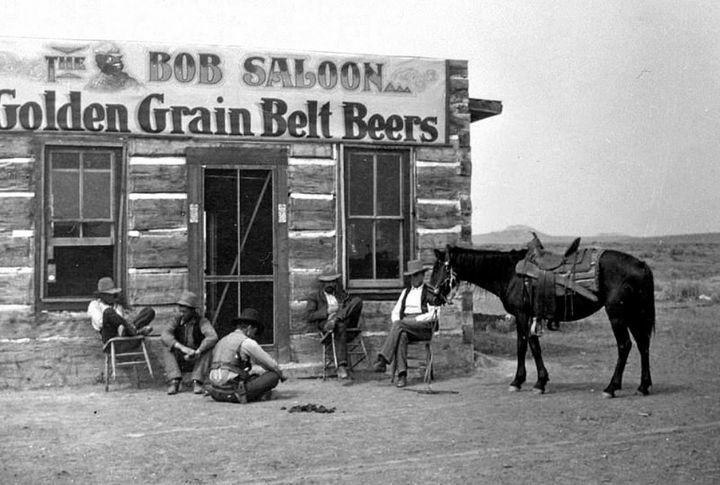
Tin roofing, tree stumps for stools, and a plank balanced on barrels were all it needed. In mining tent cities like Bannack and Bodie, a temporary spot like this sprang up wherever miners gathered. Survival shaped everything, and even the crudest setups proved that thirst always found a solution.
A Group Of Women Protesters Posing Outside A Boozy Den
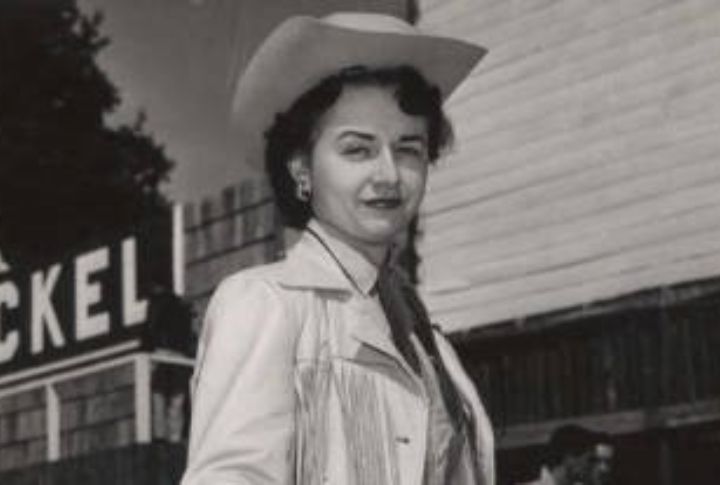
Signs warning that men who drank would be shunned were held high by women demanding change. Yes, the temperance movement pushed into even the rowdiest of saloons and confronted drinkers head-on. One photo shows their stance clearly, and these women kept coming to turn the protests into a regular sight.
A Winter Scene Of A Snow-Covered Saloon In Montana
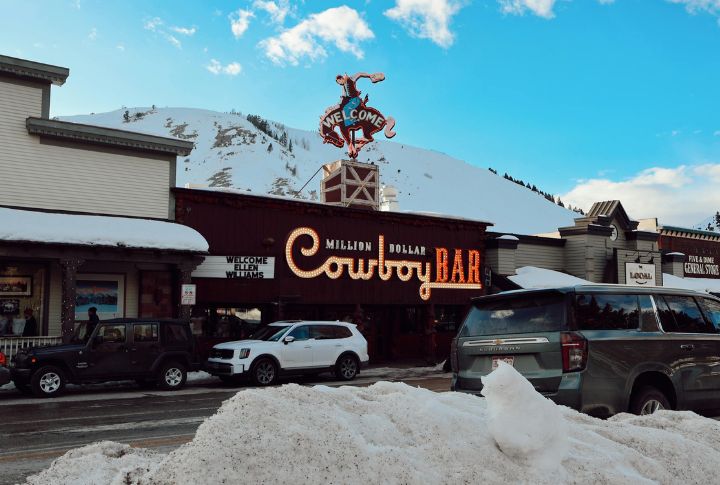
Icicles hung off the wooden eaves as smoke drifted into the cold Montana air. The building in Livingston was almost buried in snow, its roof barely visible beneath the drifts. Still, the door stayed open, and people came not just for warmth but for company.
A Tavern That Served Kids
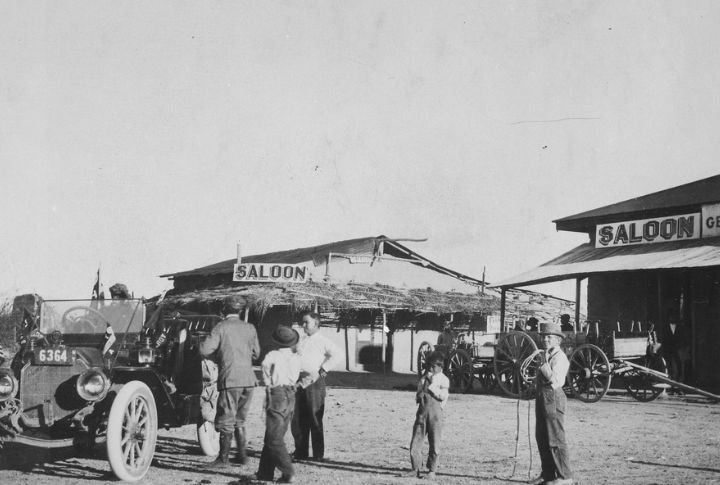
There was a saloon in Manitowoc that once served kids alongside adults. Even for children, beer was considered a safer option than the town’s water due to its questionable quality. Hence, local saloons were as much a gathering spot for families as they were for workers.
Establishments That Doubled As Brothels And Theaters
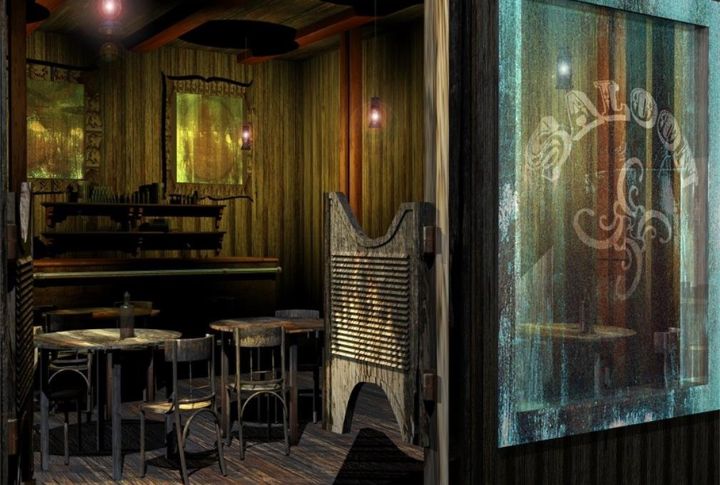
Functionality ruled frontier design. Many saloons had beds upstairs and stages in backrooms, blurring the line between business and pleasure. An 1891 account describes a piano beside a velvet curtain, a clear sign that these spaces shifted seamlessly between music, lodging, and revelry.

